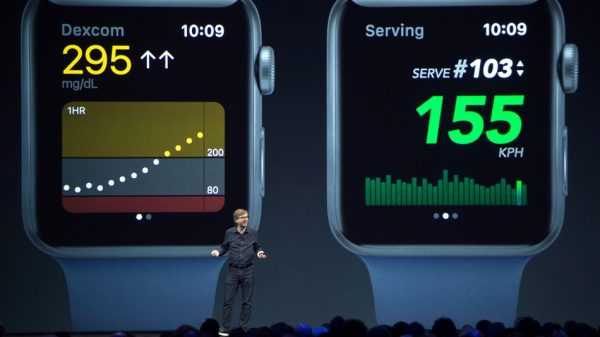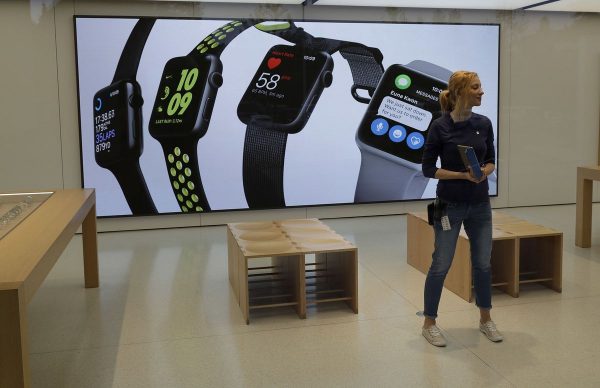Apple’s secret workout lab could lead to a super powerful Apple Watch

Apple has a secret workout facility tucked away in a nondescript office space outside of its new HQ, where researchers are collecting reams of health data for the next generation of products, starting with the Apple Watch.
The company opened up (some of) the facility’s doors to Men’s Health for an inside look at the lab where Apple has tracked more activity and exercise data than any other human performance study in history — at least according to Apple director of fitness for health activities Jay Blahnik. He told the the publication that the health team has “logged 33,000 sessions with over 66,000 hours of data, involving more than 10,000 unique participants” over the past five years.
All that data could help to make the increasingly fitness-focused Apple Watch one of the most powerful commercial health devices on the market. The next version of software for the wearable, watchOS 4, will be officially unveiled at Apple’s keynote event on Sept. 12 — but Blahnik and company shared a few details about what’s coming to the Watch before then.
The new watchOS will come equipped with the ability to track each part of high intensity interval training (HIIT) workouts, which makes the device even more valuable for workouts that aren’t confined to the track or the pool. The Watch will also pair directly with cardio machines to track runs and elliptical workouts indoors.
We already knew about these features from June’s WWDC event, where Apple’s Kevin Lynch previewed the OS. The one new revelation about the upcoming OS has more to do with the Watch’s media capabilities than its health specs: watchOS 4 will be able to hold up to 800 songs, which will give wearers hours of their own music for phone-free workouts.
The new workout features are intriguing, but they pale in comparison to the rumors floating around about what might come with next-gen Apple products. The company is reportedly developing a non-invasive glucose monitoring feature for the Watch, which would be an industry first and a major breakthrough for the treatment of diabetes. Third-party apps have already used the Watch’s sensors to detect heart conditions, too, proving it can be used for more than simple fitness tracking.
The iPhone, meanwhile, could become a repository to store a person’s collective health history to make it easier to share treatment data between multiple doctors and hospitals.
Apple is rumored to unveil a new LTE-connected Watch at the event later this month, which could finally make the device a must-have wearable. Consumers might come for the new phone-free internet experience — but the powerful health and fitness features could be where the Watch really shines.












